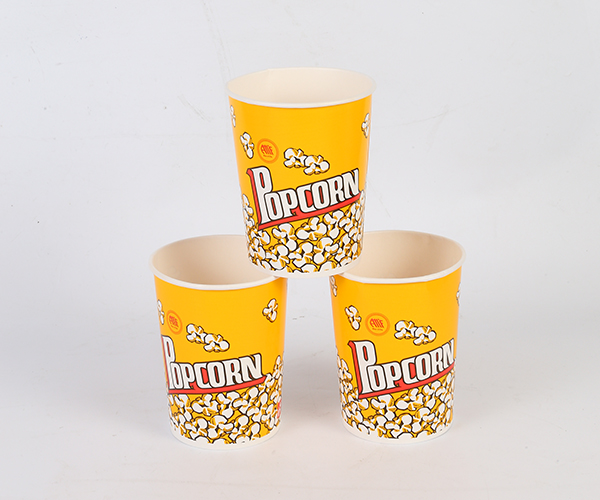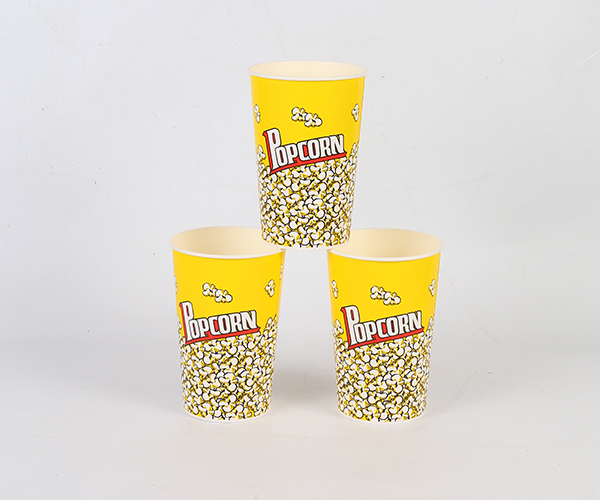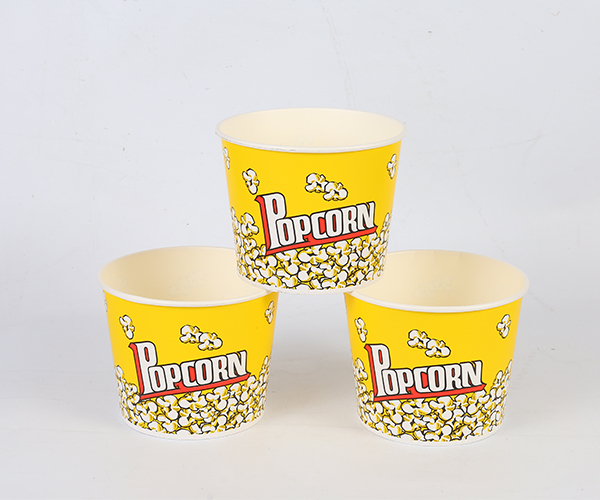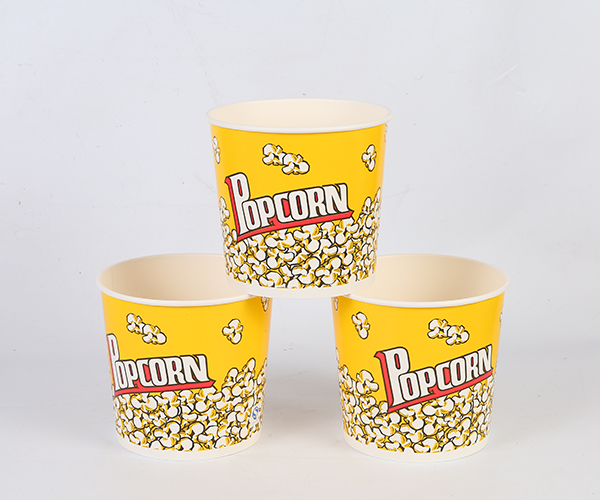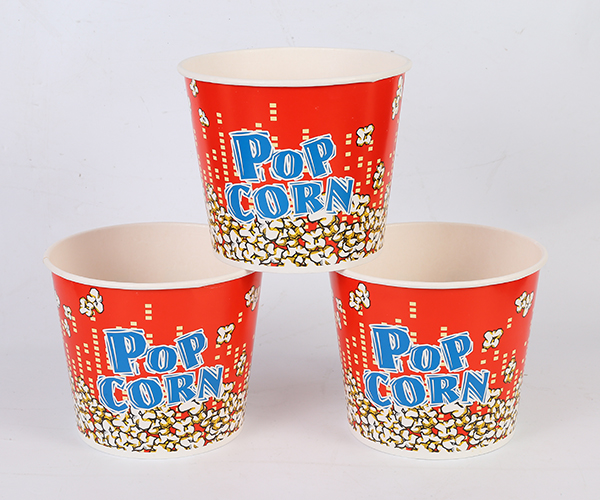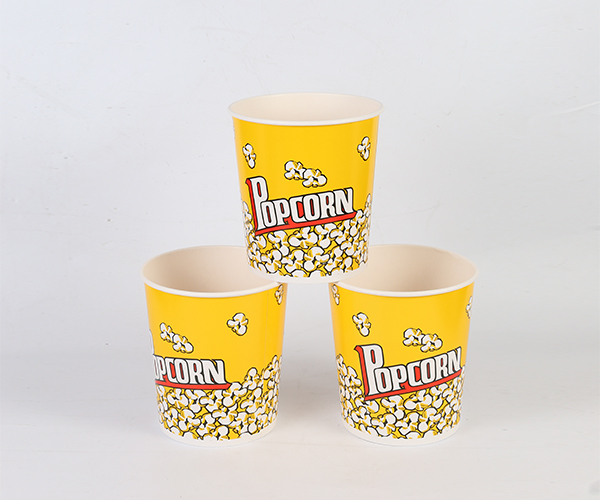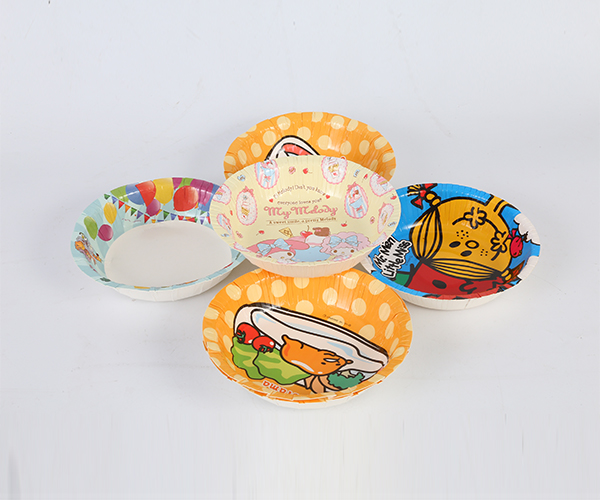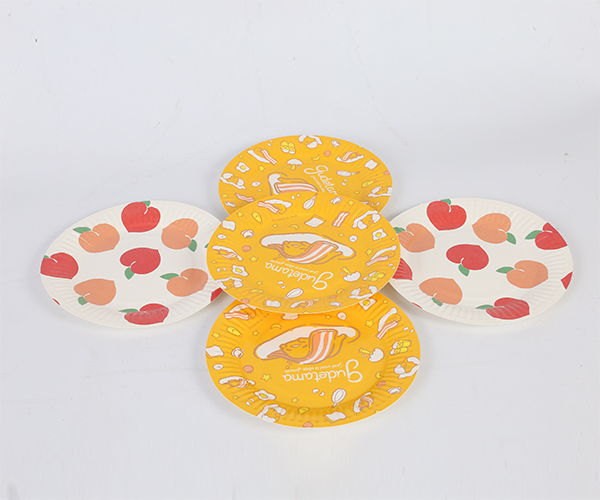Material Composition and Environmental Origins
Disposable Paper Plates are typically made from wood pulp or recycled paper fibers, sometimes coated with a plastic or wax film to enhance water and grease resistance. In contrast, plates made from bamboo fiber, sugarcane bagasse, or other agricultural byproducts use rapidly renewable and biodegradable raw materials. Bamboo grows exceptionally fast without requiring pesticides or excessive water, and bagasse is a waste product from sugar production. This makes natural-fiber alternatives more sustainable from the very beginning, both in terms of resource consumption and lifecycle impact. Traditional paper plates, even when partially recyclable or biodegradable, tend to come from deforestation-intensive sources and require more energy to manufacture.
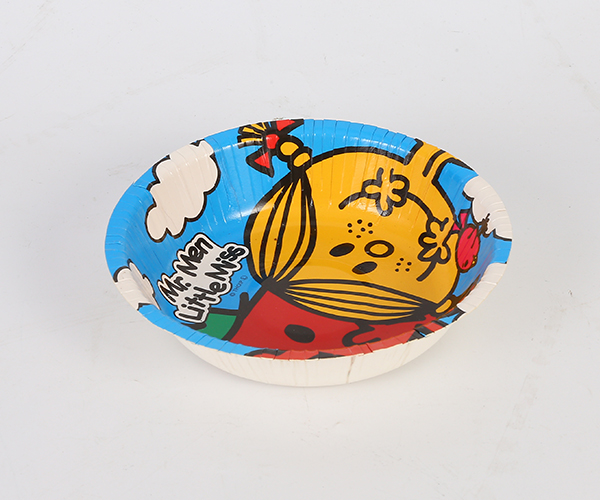
Durability and Resistance to Moisture or Heat
One of the common drawbacks of conventional paper plates is their limited ability to withstand hot, oily, or moist foods. Without a coating, they absorb liquids easily and become flimsy; with a coating, they become harder to compost. Natural-material plates, especially those made from sugarcane bagasse or bamboo fiber, generally offer greater tensile strength, heat resistance, and structural stability. These materials are molded under high pressure and temperature, resulting in plates that can hold heavier meals without bending or leaking. Moreover, many of these biodegradable alternatives can tolerate microwave heating, which is often unsafe for coated paper plates.
Biodegradability and Composting Efficiency
A critical factor where bamboo and bagasse plates outperform regular paper plates is in biodegradability. While many paper plates can technically break down in industrial composting systems, those with plastic or wax coatings often do not decompose completely or may leave behind microplastics. In contrast, uncoated plates made from natural fibers like bagasse decompose quickly and safely in both home and commercial composting environments. Their decomposition process does not release harmful substances, nor does it require specialized disposal systems. The simpler and cleaner breakdown makes them a more eco-responsible choice for environmentally conscious consumers and businesses alike.
Cost and Market Availability
Cost is one of the few areas where Disposable Paper Plates might initially seem to have the advantage. Because they are mass-produced and often made from cheaper raw materials, they are typically more affordable upfront. However, this cost efficiency often comes at the expense of performance, aesthetics, and environmental impact. As sustainable technologies scale and consumer demand grows, the price gap between traditional paper plates and those made from bamboo or bagasse is narrowing. More importantly, considering the growing global emphasis on sustainability and reducing plastic waste, the long-term value of using renewable materials is becoming increasingly significant.
Final Thoughts: A Clear Advantage for Natural Alternatives
While Disposable Paper Plates continue to be a convenient and inexpensive solution for single-use dining, their shortcomings are clear when compared to plates made from bamboo fiber or sugarcane bagasse. From environmental responsibility and material strength to compostability and visual appeal, natural-fiber plates offer a more sustainable and versatile alternative. As awareness grows and regulations tighten around disposable products, investing in greener solutions will likely become both a social necessity and a competitive advantage.


 English
English 中文简体
中文简体